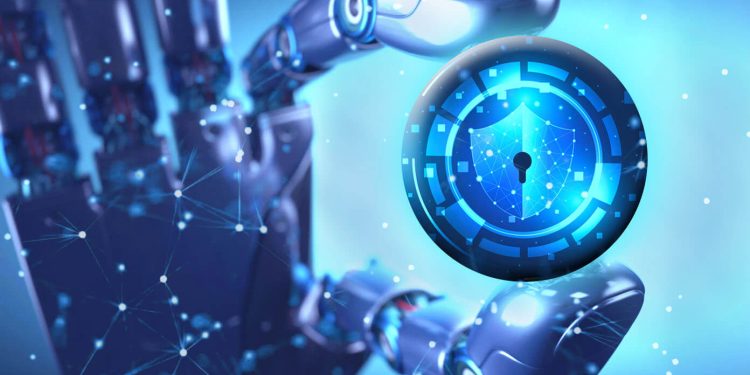Human blessed with a brain is entitled to perform higher tasks involving cognitive intelligence, leaving the mundane ones to the machines.
Focusing on problem-solving tasks and productive activities while automating the repetitive and mundane ones will be the trend in the future. Automation has already started to impact the business and technology landscapes with the advancement of Industry 4.0. From the cybersecurity standpoint, automation will provide a two-way benefit: First, the complexity of any information system (especially from an intruder’s perspective) is liable to increase once automation is applied to them. Second, as we have already mentioned, cybersecurity personnel will get more time and resources to focus upon devising algorithmic strategies and problem-solving.
Introducing Cybersecurity Automation
On a smaller scale, mostly every enterprise uses one or the other kind of cybersecurity product that automates specific processes. The most common among them are products used for vulnerability management that protect enterprise networks from intruders. They detect and scan devices and then, based on a set of security controls, assess, identify, and remove the defects.
The new wave of automation practices involve products and strategies based on three paradigms:
- Security Automation & Orchestration (SOAR)
- Robotic Process Automation (RPA)
- Custom Developed Software and Code
Why Every Organization Needs Cybersecurity Automation?
Digital transformation across industries has also led to an increase in technical complexity in the enterprises impacting how organizational operations and processes are carried out. Naturally, there is an increased probability of risks and threats in an environment that has transformed because of the constant increase in the number of activities that widens the overall attack surface. The cybersecurity department, therefore, needs to be upon its toes to defend, monitor, and respond to the threats plaguing the organizational machinery.
There still are organizations practicing manual inspection and monitoring. Considering the digital footprint of organizations today, dealing with cybersecurity issues manually is a losing proposition. Big Data, along with the probability of human error, makes it difficult, even unrealistic, for humans to be expected to detect cybersecurity issues reliably.
With Cybersecurity Automation, organizations can protect themselves through the resilience provided by robust and repeatable automated processes.
How Cybersecurity Automation Allows Your Cybersecurity Workforce to Upskill?
If we reemphasize, the cybersecurity teams can improve the risk posture of an organization if they are doing creative, critical, and technically complicated activities. Such activities include:
- Designing and implementing strategies that require engineering knowledge and architectural finesse. A human being, even today, is better at doing that!
- Curbing the occurrence of vulnerabilities by identifying the weak links in the automation efforts. Experts will, therefore, gather insights to ameliorate the automation efforts.
- Once automation becomes an integral part of the organizational wheel, it will require its own enhancements. The engineers will, thus, keep on designing, developing, engineering, and implementing a better automation strategy and product.
For the successful implementation of cybersecurity automation, developers will need to work directly under the cyber leadership. This will easily happen if your cybersecurity teams have able developers among them. As an integral part of the organizational structure, it might become imperative in the future to make the cybersecurity team join hands with the organizational teams so that the cyber experts will be able to utilize the expertise of organizational development experts.
Final Words
It can easily be anticipated that cybersecurity teams will become more involved in coding and developing automation tools in the future. The discipline of cybersecurity will become complex, and there will be an ever-increasing need for automated cybersecurity solutions. With broader adoption, cybersecurity automation will become an integral part of every organization’s security roadmap.







